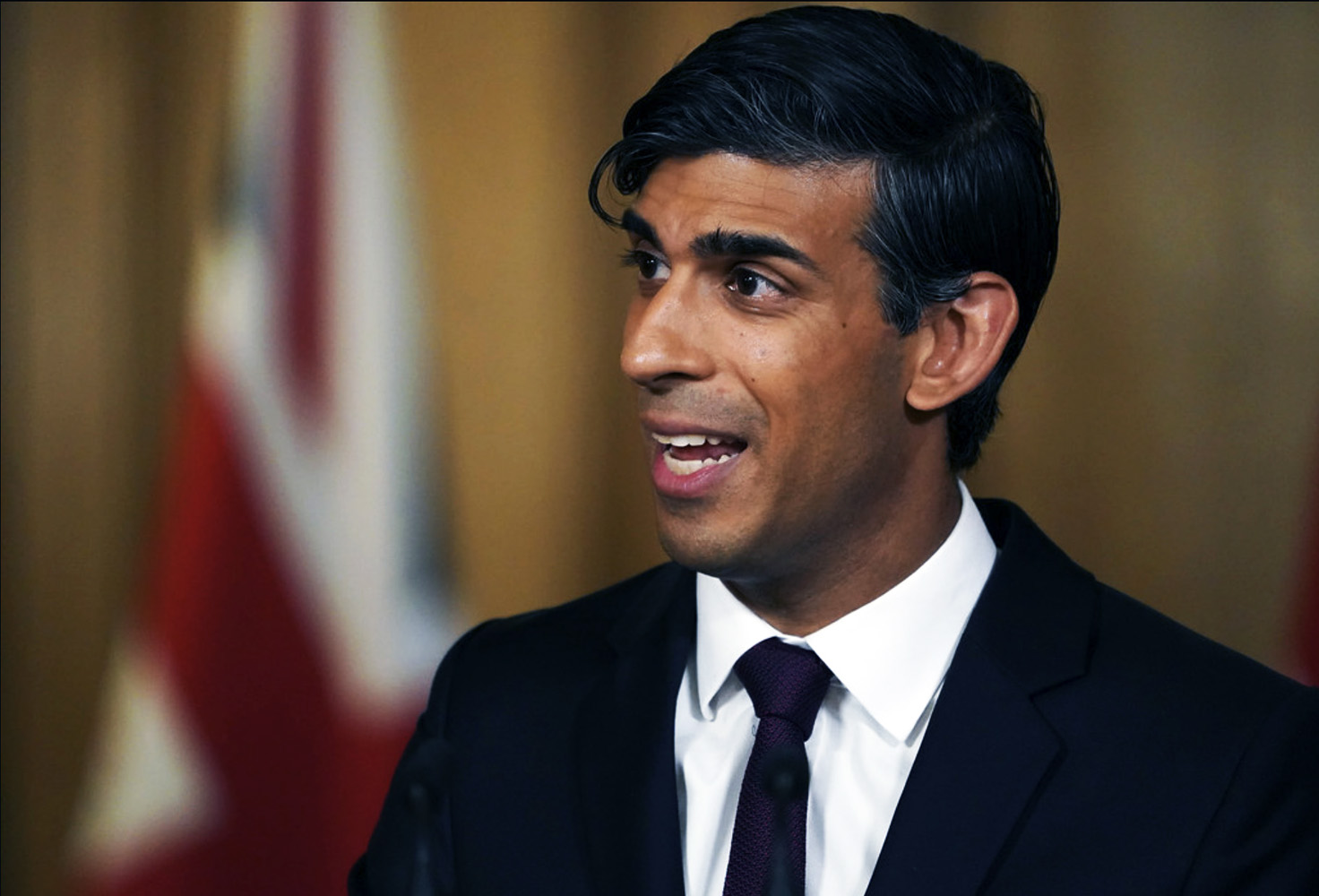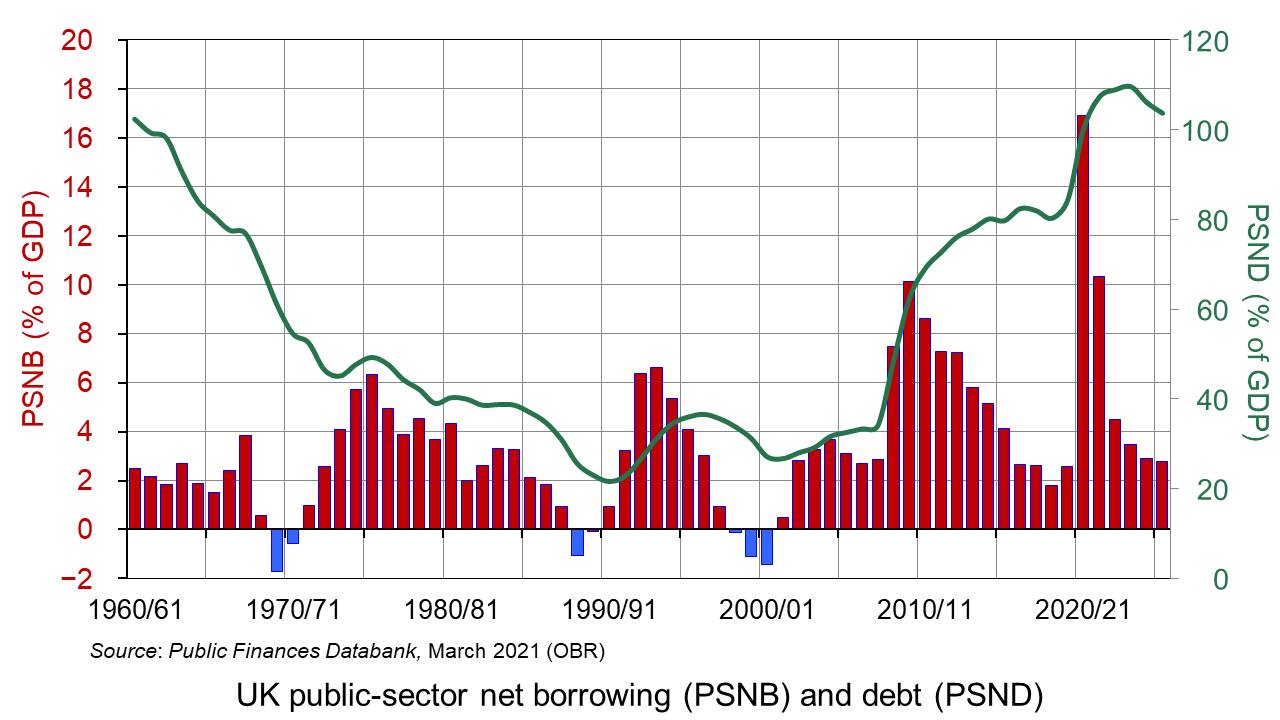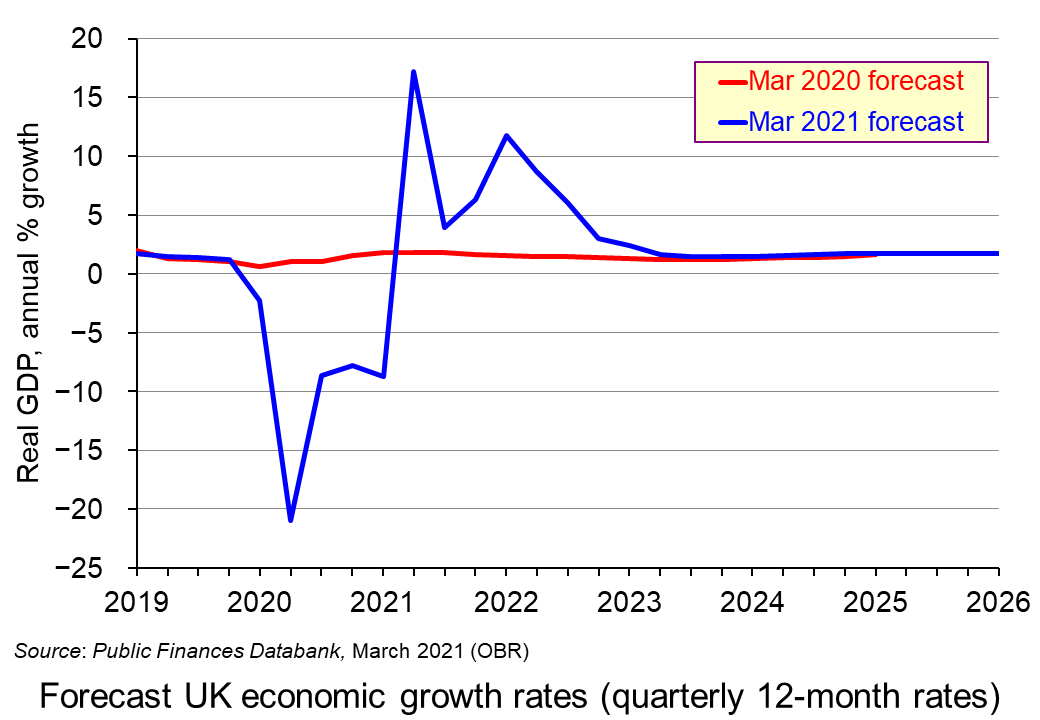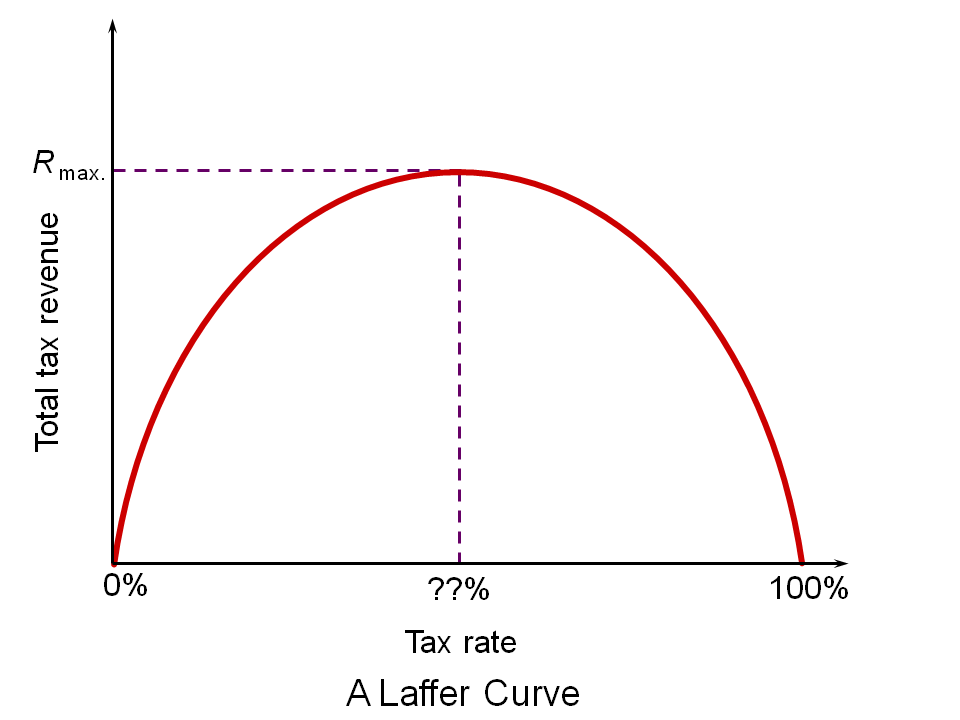 Rishi Sunak delivered his 2021 UK Budget on 3 March. It illustrates the delicate balancing act that governments in many countries face as the effects of the coronavirus pandemic persist and public-sector debt soars. He announced that he would continue supporting the economy through various forms of government expenditure and tax relief, but also announced tax rises over the medium term to begin addressing the massively increased public-sector debt.
Rishi Sunak delivered his 2021 UK Budget on 3 March. It illustrates the delicate balancing act that governments in many countries face as the effects of the coronavirus pandemic persist and public-sector debt soars. He announced that he would continue supporting the economy through various forms of government expenditure and tax relief, but also announced tax rises over the medium term to begin addressing the massively increased public-sector debt.
Key measures of support for people and businesses include:
- An extension of the furlough scheme until the end of September, with employees continuing to be paid 80% of their wages for hours they cannot work, but with employers having to contribute 10% in July and 20% in August and September.
- Support for the self-employed also extended until September, with the scheme being widened to make 600 000 more self-employed people eligible.
- The temporary £20 increase to Universal Credit, introduced in April last year and due to end on 31 March this year, to be extended to the end of September.
- Stamp duty holiday on house purchases in England and Northern Ireland, under which there is no tax liability on sales of less than £500 000, extended from the end of March to the end of June.
- An additional £1.65bn to support the UK’s vaccination rollout.
- VAT rate for hospitality firms to be maintained at the reduced 5% rate until the end of September and then raised to 12.5% (rather than 20%) for a further six months.
- A range of grants for the arts, sport, shops , other businesses and apprenticeships.
- Business rates holiday for hospitality firms in England extended from the end of March to the end of June and then with a discount of 66% until April 2022.
- 130% of investment costs can be offset against tax – a new tax ‘super-deduction’.
- No tax rises on alcohol, tobacco or fuel.
- New UK Infrastructure Bank to be set up in Leeds with £12bn in capital to support £40bn worth of public and private projects.
- Increased grants for devolved nations and grants for 45 English towns.
It has surprised many commentators that there was no announcement of greater investment in the NHS or more money for social care beyond the £3bn for the NHS and £1bn for social care announced in the November Spending Review. The NHS England budget will fall from £148bn in 2020/21 to £139bn in 2021/22.
Effects on borrowing and GDP

The net effect of these measures for the two financial years 2020 to 2022 is forecast by the Treasury to be an additional £37.5bn of government expenditure and a £27.3bn reduction in tax revenue (see Table 2.1 in Budget 2021). This takes the total support since the start of the pandemic to £352bn across the two years.
According to the OBR, this will result in public-sector borrowing being 16.9% of GDP in 2020/21 (the highest since the Second World War) and 10.3% of GDP in 2021/22. Public-sector debt will be 107.4% of GDP in 2021/22, rising to 109.7% in 2023/24 and then falling to 103.8% in 2025/26.
 Faced with this big increase in borrowing, the Chancellor also announced some measures to raise tax revenue beginning in two years’ time when, hopefully, the economy will have grown. Indeed, the OBR forecasts that GDP will grow by 4.0% in 2021 and 7.3% in 2022, with the growth rate then settling at around 1.7% from 2023 onwards. He announced that:
Faced with this big increase in borrowing, the Chancellor also announced some measures to raise tax revenue beginning in two years’ time when, hopefully, the economy will have grown. Indeed, the OBR forecasts that GDP will grow by 4.0% in 2021 and 7.3% in 2022, with the growth rate then settling at around 1.7% from 2023 onwards. He announced that:
- Corporation tax on company profits over £250 000 will rise from 19% to 25% in April 2023. Rates for profits under £50 000 will remain at the current rate of 19%, with the rate rising in stages as profits rise above £50 000.
- Personal income tax thresholds will be frozen from 2022/23 to 2025/26 at £12 570 for the basic 20% marginal rate and at £50 270 for the 40% marginal rate. This will increase the average tax rate as people’s nominal incomes rise.
 The policy of a fiscal boost now and a fiscal tightening later might pose political difficulties for the government as this does not fit with the electoral cycle. Normally, politicians like to pursue tighter policies in the early years of the government only to loosen policy with various giveaways as the next election approaches. With Rishi Sunak’s policies, the opposite is the case, with fiscal policy being tightened as the 2024 election approaches.
The policy of a fiscal boost now and a fiscal tightening later might pose political difficulties for the government as this does not fit with the electoral cycle. Normally, politicians like to pursue tighter policies in the early years of the government only to loosen policy with various giveaways as the next election approaches. With Rishi Sunak’s policies, the opposite is the case, with fiscal policy being tightened as the 2024 election approaches.
Another issue is the high degree of uncertainty in the forecasts on which he is basing his policies. If there is another wave of the coronavirus with a new strain resistant to the vaccines or if the scarring effects of the lockdowns are greater, then growth could stall. Or if inflation begins to rise and the Bank of England feels it must raise interest rates, then this would suppress growth. With lower growth, the public-sector deficit would be higher and the government would be faced with the dilemma of whether it should raise taxes, cut government expenditure or accept higher borrowing.
What is more, there are likely to be huge pressures on the government to increase public spending, not cut it by £4bn per year in the medium term as he plans. As Paul Johnson of the IFS states:
In reality, there will be pressures from all sorts of directions. The NHS is perhaps the most obvious. Further top-ups seem near-inevitable. Catching up on lost learning in schools, dealing with the backlog in our courts system, supporting public transport providers, and fixing our system for social care funding would all require additional spending. The Chancellor’s medium-term spending plans simply look implausibly low.
Articles and Briefings
- Budget 2021: Key points at-a-glance
BBC News (3/3/21)
- Budget 2021: Full round-up of what Chancellor Rishi Sunak has announced
MoneySavingExpert, Callum Mason (3/3/21)
- Budget 2021 at a glance: The key points from Chancellor Rishi Sunak’s speech
This is Money, Alex Sebastian (3/3/21)
 Budget 2021
Budget 2021IFS (3/3/21)
- Rishi Sunak delivers spend now, tax later Budget to kickstart UK economy
Financial Times, Jim Pickard, Chris Giles and George Parker (3/3/21)
- Swifter and more sustained? What did we learn about the UK’s economic outlook from Rishi Sunak’s Budget?
Independent. Ben Chu (3/3/21)
- Spending fast, taxing slow: Briefing Note
Resolution Foundation, Torsten Bell, Mike Brewer, Nye Cominetti, Karl Handscomb, Kathleen Henehan, Lindsay Judge, Jack Leslie, Charlie McCurdy, Cara Pacitti, Hannah Slaughter, James Smith, Gregory Thwaites & Daniel Tomlinson (4/3/21)
- JRF Spring Budget 2021 analysis and briefing
Joseph Rowntree Foundation, Dave Innes and Katie Schmuecker (4/3/21)
- NHS, social care and most vulnerable ‘betrayed’ by Sunak’s budget
The Guardian, Robert Booth ,Patrick Butler and Denis Campbell (3/3/21)
- Spend now, pay later: Sunak flags major tax rises as Covid bill tops £400bn
The Guardian, Heather Stewart and Larry Elliott (3/3/21)
- Rishi Sunak digs in for battle against financial cost of Covid
The Guardian, Larry Elliott (3/3/21)
- Tax and spending experts say Sunak’s budget doesn’t add up
The Guardian, Larry Elliott and Heather Stewart (4/3/21)
 Budget 2021: Prepare for a dramatic rollercoaster ride after chancellor’s give-then-take budget
Budget 2021: Prepare for a dramatic rollercoaster ride after chancellor’s give-then-take budgetSky News, Ed Conway (3/3/21)
Official documents and data
Questions
- Assess the wisdom of the timing of the changes in tax and government expenditure announced in the Budget.
- Universal credit was increased by £20 per week in April 2020 and is now due to fall back to its previous level in October 2021. Have the needs of people on Universal Credit increased during the pandemic and, if so, are they likely to return to their previous level in October?
- In the past, the government argued that reductions in the rate of corporation tax would increase tax revenue. The Chancellor now argues that increasing it from 19% to 25% will increase tax revenue. Examine the justification for this increase and the significance of relative profit tax rates between countries.
- Investigate the effects on the public finances of the pandemic and government fiscal policy in two other countries. How do the effects compare with those in the UK?
- The Joseph Rowntree Foundation looks at poverty in the UK and policies to tackle it. It set five tests for the Budget. Examine its Budget Analysis and consider whether these tests have been met.
 A recession is typically characterised by high unemployment, low or negative growth and low inflation, due to a lack of aggregate demand. However, since 2009, inflation levels in the UK have only added to the pressures facing the government and the Bank of England. Not only had there been a problem of lack of demand, but the inflation target was no longer being met.
A recession is typically characterised by high unemployment, low or negative growth and low inflation, due to a lack of aggregate demand. However, since 2009, inflation levels in the UK have only added to the pressures facing the government and the Bank of England. Not only had there been a problem of lack of demand, but the inflation target was no longer being met.
Inflation had increased to above 5% – a figure we had not been accustomed to for many years. With interest rates at record lows with the aim of boosting aggregate demand, demand-pull inflation only added to cost-push pressures. However, data released by the ONS shows that inflation, as measured by the CPI, has now fallen back to its 2% target. Having been at 2.1% in November 2013, the figure for December 2013 fell by 0.1 percentage points.
 The data for December include some of the energy price rises from the big six, but do not include the full extent of price decreases and discounting initiated by retailers in the lead up to Christmas. The key factors that have helped to keep prices down include some of the discounting throughout December and falling food prices, in particular bananas, grapes and meat.
The data for December include some of the energy price rises from the big six, but do not include the full extent of price decreases and discounting initiated by retailers in the lead up to Christmas. The key factors that have helped to keep prices down include some of the discounting throughout December and falling food prices, in particular bananas, grapes and meat.
With inflation back on target, pressures have been removed from the Bank of England to push up interest rates. Mark Carney has said that interest rates will remain at 0.5% until unemployment falls to 7%.  With unemployment fast approaching this target, there has been speculation that interest rates would rise, but with inflation falling back on target, these pressures have been reduced. (Click here for a PowerPoint of the chart.) Referring to this, Jeremy Cook, the chief economist at World First said:
With unemployment fast approaching this target, there has been speculation that interest rates would rise, but with inflation falling back on target, these pressures have been reduced. (Click here for a PowerPoint of the chart.) Referring to this, Jeremy Cook, the chief economist at World First said:
The lack of inflation will help stay their hand especially if the pace of job creation seen in the second half of last year also shows.
These thoughts were echoed by Rob Wood, the chief UK economist at Berenberg Bank:
Inflation is the BoE’s ‘get out of jail free’ card for this year … The lack of inflation pressure gives them room to delay a first hike until next year.
Many economists now believe that the CPI rate of inflation is likely to remain at or below the target, in particular if productivity growth improves. This belief is further enhanced by the fact that tax rates are stable, the pound is relatively strong and the previous upward pressure on commodity prices from China is now declining. Some economists believe that CPI inflation could fall to 1.5% this year and the Treasury has said that it is ‘another sign that the Government’s long-term economic plan is working’. The following articles consider this latest macroeconomic data.
UK inflation falls to Bank of England’s 2pc target in December The Telegraph, Szu Ping Chan (14/1/14)
UK inflation falls to 2% target rate in December BBC News (14/1/14)
Carney’s lucky streak continues as UK inflation slows to 2% Financial Times, Claire Jones (14/1/14)
UK inflation fall gives Bank of England a lift Wall Street Journal, Richard Barley(14/1/14)
Inflation falls to Bank of England target Reuters, William Schomberg and Ana Nicolaci da Costa (14/1/14)
Inflation hits Bank of England’s target of 2% in December Independent, John Paul Ford Rojas (14/1/14)
Questions
- What is the relationship between interest rates and aggregate demand?
- Which factors have led to the reduction in the rate of inflation?
- Why have the latest data on inflation rates reduced the pressure on the Bank of England to increase interest rates?
- Why do stable tax rates, a strong pound and reduced pressure from China on commodity prices suggest that the CPI measures of inflation is likely to remain at similarly low levels?
- Why has the RPI increased while the CPI has fallen?
 Let’s face it – no-one likes paying tax! After all, to see your monthly pay decline by £1000 through taxation and national insurance has got to hurt. Yet, taxation and national insurance contributions are essential sources of government revenue to finance benefits and public and merit goods.
Let’s face it – no-one likes paying tax! After all, to see your monthly pay decline by £1000 through taxation and national insurance has got to hurt. Yet, taxation and national insurance contributions are essential sources of government revenue to finance benefits and public and merit goods.
However, with so much attention given to the UK’s ‘culture of dependency’, many people are increasingly angry with having to pay so much in taxation to see it being spent by the government on individuals who in some cases choose not to work and at the same time seeing other rich people paying so little in taxation. The increase in the top rate of tax received a lot of coverage. Although it did make the tax system more progressive, there were many concerns that it would lead to lower growth, a lack of innovation and enterprise and increased tax evasion and avoidance, as the super-rich were being hit with phenomenal tax bills. The post on the 50p income tax available here is worth looking at again to think about the effect that taxes have on incentives.
The issue of tax avoidance is by no means new, but with a large budget deficit in the UK, tax avoidance by the super-rich has become something that everyone has an opinion on. The average household has seen its income squeezed more and more, as the government continues its efforts to cut the deficit. The fact that the super rich are avoiding sometimes millions in taxation, while the average household struggles to pay even the basic rate of tax, creates a rather contentious issue. The Chief Secretary to the Treasury, Danny Alexander, has said that the basic rate of tax could be cut by 2p in the pound if tax avoidance came to an end. He commented to the BBC’s Sunday Politics Programme that:
‘We have to make sure that everybody, especially the rich and famous, are paying their fair share of tax…These sorts of schemes that save wealthy people potentially tens of millions of pounds in tax, they are paid for by everybody else… If we could narrow the tax gap in this country by a quarter we could reduce income tax for every basic rate payer by 2p in the pound.’
This would clearly have some very positive effects on some of the poorest people living in the UK.
There is a variety of tax avoidance schemes available and the one receiving the most attention at present is the Jersey-based K2 scheme, which Jimmy Carr and others are thought to be using. The Public Accounts Committee will be reporting on the problem of using private companies to pay salaries, as a means of avoiding income tax and national insurance contributions.
If tax avoidance could be stopped, or at least reduced, then not only could basic rate tax payers benefit, but it might go some way to cutting the budget deficit, giving the government more flexibility in stimulating the economy. According to HMRC, tax avoidance and evasion cost the economy some £42 billion – enough to pay off one-third of Britain’s budget deficit.
The following articles consider the problem of tax avoidance and then try answering the questions on the issue of taxation.
Five-point plan to curb tax cheating by big firms and super-rich Guardian (27/6/12)
Stop tax dodgers or there will be ‘riots on the streets’, warns top lawyer designing new anti-avoidance rules Mail Online, Julian Gavaghan (26/6/12)
Danny Alexander describes aggressive tax avoidance as ‘morally repugnant’ Guardian, Patrick Wintour (24/6/12)
Basic tax ‘could be cut by 2p’ if avoidance ended BBC News(24/6/12)
Danny Alexander says tax avoidance ‘adds 2p in every £1 to basic tax rate’ Independent, Oliver Wright (24/6/12)
Make tax returns public, urges peer The Press Association (28/6/12)
Tax officials reveal scale of probe Financial Times, Jim Pickard (27/6/12)
Questions
- What are the key principles of a good tax system?
- Explain how taxation affects the incentive to work?
- What is the difference between tax evasion and tax avoidance?
- Using indifference analysis, illustrate the effect of a cut in the basic rate of income tax. How does it affect the decision to work more or less? You should consider the income and substitution effects in your answer and which rate of tax (if any) an individual is paying.
- Why is tax avoidance of such concern at the moment? Think about the current state of the economy.
- What are taxes and national insurance contributions used to pay for?
- To what extent do you think tax avoidance is a natural consequence of any tax system?
 Recently there have been calls from business leaders and Conservative politicians to scrap the UK’s 50% income tax rate, which is paid on taxable incomes over £150,000. The 50% income tax rate is thus paid by top earners, who comprise around just 1% of taxpayers.
Recently there have been calls from business leaders and Conservative politicians to scrap the UK’s 50% income tax rate, which is paid on taxable incomes over £150,000. The 50% income tax rate is thus paid by top earners, who comprise around just 1% of taxpayers.
And yet the government receives about 30% of income tax revenue from this 1% – and this was before the introduction of the 50% rate in April 2010. (In fact, with the marginal national insurance rate of 2%, top earners are paying an effective marginal rate of 52%.)
One argument used by those who favour reducing the 50% rate is that the rich would pay more income tax, not less. There are four reasons given for this. The first is that people would be encouraged to work harder and/or seek promotion if they knew they would keep more of any rise in income. The second is that fewer rich people would be encouraged to leave the country or to relocate their businesses abroad. The third is that more people would be encouraged to work in or set up businesses in the UK. The fourth is that there would be less temptation to evade taxes by not declaring all income earned or to find clever ways of avoiding tax.
These arguments were put forward in the 1980s by Art Laffer, an adviser to President Reagan. His famous ‘Laffer curve’ (see Economics (8th edition) Box 10.3 or Economics (7th edition) Box 10.4) illustrated that tax revenues are maximised at a particular tax rate. The idea behind the Laffer curve is very simple. At a tax rate of 0%, tax revenue will be zero – but so too at a rate of 100%, since no-one would work if they had to pay all their income in taxes. As the tax rate rises from 0%, so tax revenue would rise. And so too, as the tax rate falls from 100%, the tax rate would rise. It follows that there will be some tax rate between 0% and 100% that maximises tax revenue.
Those arguing that a cut in the top rate of income tax would increase tax revenue are arguing that the 50% rate is beyond the peak of the Laffer curve. But this is an empirical issue. In other words, to assess the argument you would need to look at the evidence as, theoretically, the peak of the Laffer curve could be below or above 50%. Indeed, some argue that the peak is more likely to be at around 75%.
The following podcasts and articles consider the arguments. As you will see, the authors are not all agreed! Consider carefully their arguments and try to identify any flaws in their analysis.
Update
On 27 June 2012, Arthur Laffer appeared on the BBC Today Programme to discuss the Laffer curve and its implications for UK income tax policy. You can hear it from the link below
Podcasts
 Should the 50p tax rate be ditched? BBC Today Programme, John Redwood and Paul Johnson (3/3/12)
Should the 50p tax rate be ditched? BBC Today Programme, John Redwood and Paul Johnson (3/3/12)
 Arthur Laffer: Tax rate should ‘provide for growth’ BBC Today Programme (27/6/12)
Arthur Laffer: Tax rate should ‘provide for growth’ BBC Today Programme (27/6/12)
Articles
Where’s the High Point on the Laffer Curve? And Where Are We? Business Insider, Angry bear Blog (3/3/12)
Tax cuts: we can have our cake and eat it The Telegraph, Ruth Porter (22/2/12)
‘Scrap the 50p tax rate’ say 500 UK entrepreneurs Management Today, Rebecca Burn-Callander (1/3/12)
The Laffer Curve Appears in the UK Forbes, Tim Worstall (22/2/12)
Memo to 50p tax trashers: Laffer Curve peaks at over 75 per cent Left Foot Forward, Alex Hern (1/3/12)
Questions
- Explain how a cut in income tax could lead to an increase in tax revenue.
- Distinguish between the income effect and the substitution effect of a tax cut. Which would have to be bigger if a tax cut were to increase tax revenue?
- If, in a given year, the top rate of tax were raised and tax revenue fell, would this prove that the economy was now past the peak of the Laffer curve?
- What would cause the Laffer curve to shift/change shape? To what extent could the government affect the shape of the Laffer curve?
- If the government retains the 50% top tax rate, what can it do to increase the revenue earned from people paying the top rate?
- What other objectives might the government have for having a high marginal income tax rate on top earners?
- Investigate the marginal income tax and national insurance (social protection) rates in other countries. How progressive are UK income taxes compared with those in other countries?
 Rishi Sunak delivered his 2021 UK Budget on 3 March. It illustrates the delicate balancing act that governments in many countries face as the effects of the coronavirus pandemic persist and public-sector debt soars. He announced that he would continue supporting the economy through various forms of government expenditure and tax relief, but also announced tax rises over the medium term to begin addressing the massively increased public-sector debt.
Rishi Sunak delivered his 2021 UK Budget on 3 March. It illustrates the delicate balancing act that governments in many countries face as the effects of the coronavirus pandemic persist and public-sector debt soars. He announced that he would continue supporting the economy through various forms of government expenditure and tax relief, but also announced tax rises over the medium term to begin addressing the massively increased public-sector debt.
 Faced with this big increase in borrowing, the Chancellor also announced some measures to raise tax revenue beginning in two years’ time when, hopefully, the economy will have grown. Indeed, the OBR forecasts that GDP will grow by 4.0% in 2021 and 7.3% in 2022, with the growth rate then settling at around 1.7% from 2023 onwards. He announced that:
Faced with this big increase in borrowing, the Chancellor also announced some measures to raise tax revenue beginning in two years’ time when, hopefully, the economy will have grown. Indeed, the OBR forecasts that GDP will grow by 4.0% in 2021 and 7.3% in 2022, with the growth rate then settling at around 1.7% from 2023 onwards. He announced that: The policy of a fiscal boost now and a fiscal tightening later might pose political difficulties for the government as this does not fit with the electoral cycle. Normally, politicians like to pursue tighter policies in the early years of the government only to loosen policy with various giveaways as the next election approaches. With Rishi Sunak’s policies, the opposite is the case, with fiscal policy being tightened as the 2024 election approaches.
The policy of a fiscal boost now and a fiscal tightening later might pose political difficulties for the government as this does not fit with the electoral cycle. Normally, politicians like to pursue tighter policies in the early years of the government only to loosen policy with various giveaways as the next election approaches. With Rishi Sunak’s policies, the opposite is the case, with fiscal policy being tightened as the 2024 election approaches. Budget 2021
Budget 2021 Budget 2021: Prepare for a dramatic rollercoaster ride after chancellor’s give-then-take budget
Budget 2021: Prepare for a dramatic rollercoaster ride after chancellor’s give-then-take budget



